Garden Rollers & Towed Rollers
Our garden rollers are designed to create smooth, even lawns by levelling uneven ground, firming newly sown seed and improving overall turf appearance. These rollers can be filled with water or sand to increase their weight, allowing for adjustable pressure based on the task at hand. With sturdy construction and practical features like scraper blades to keep the drum clean, they are built for durability and ease of use. Available in both push and towed models, our garden rollers cater to professional groundskeepers looking for a reliable solution to maintain pristine lawns.

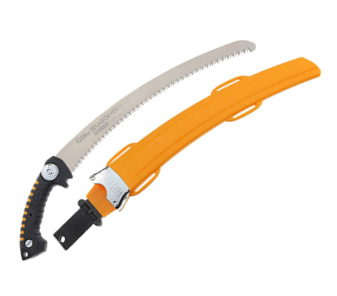
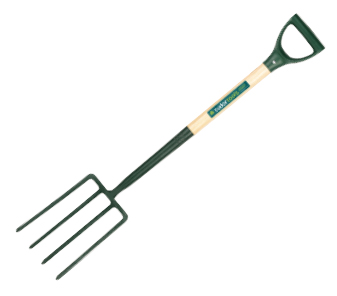
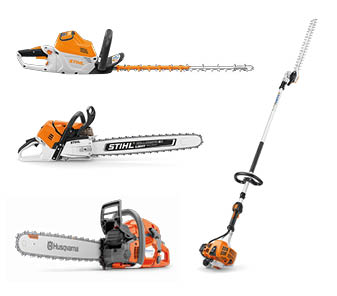
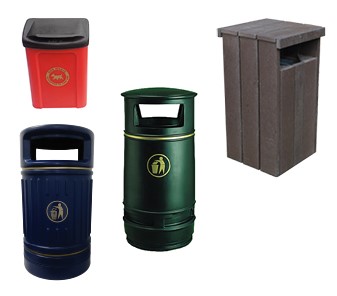
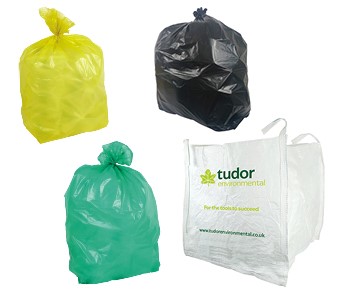
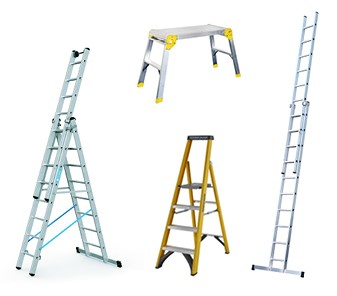
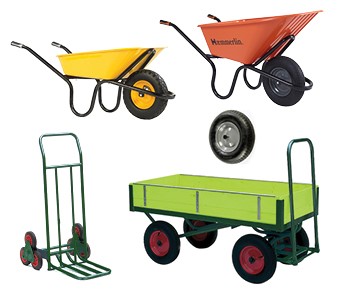

Validate your login
Sign In
Create New Account